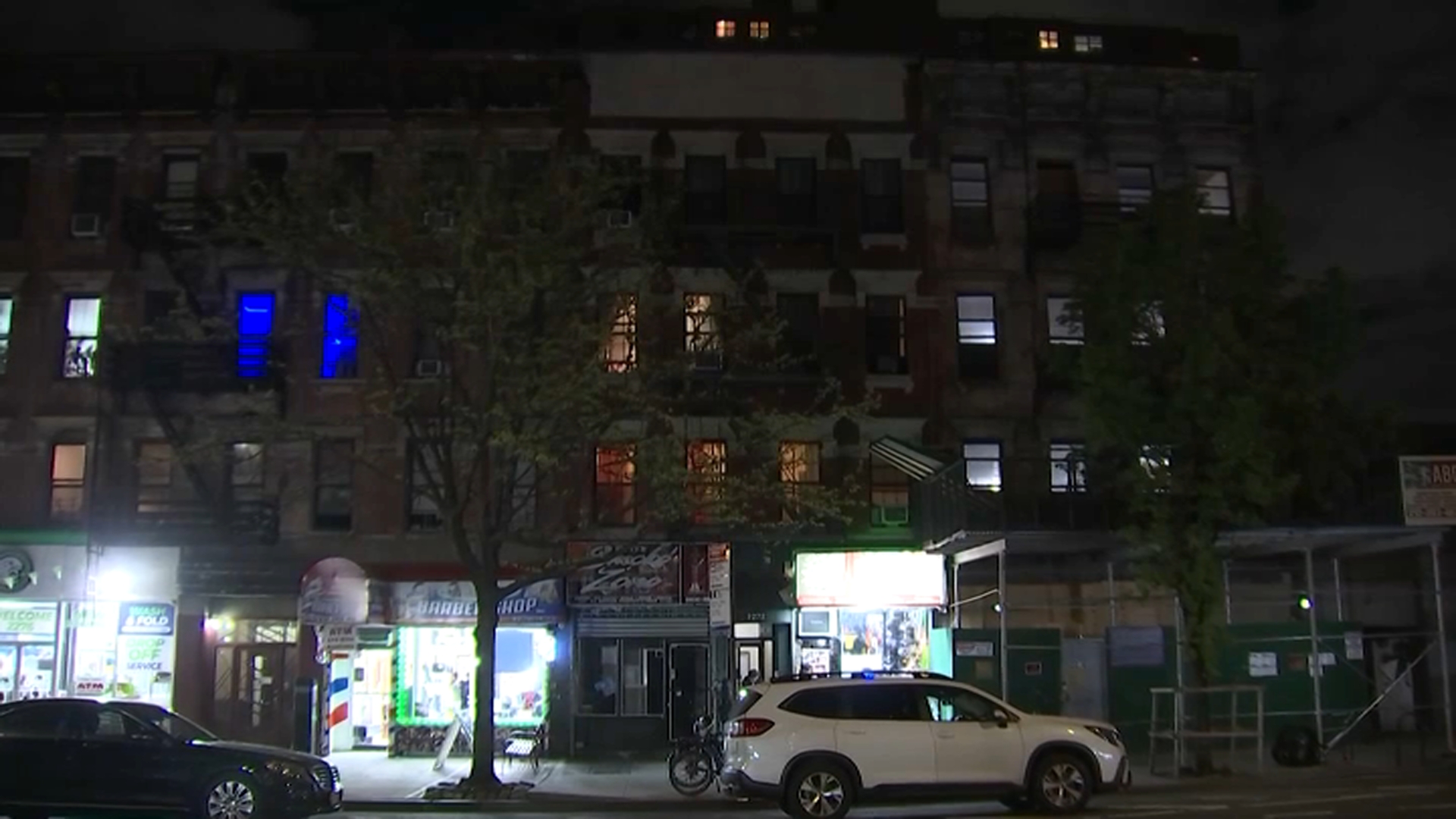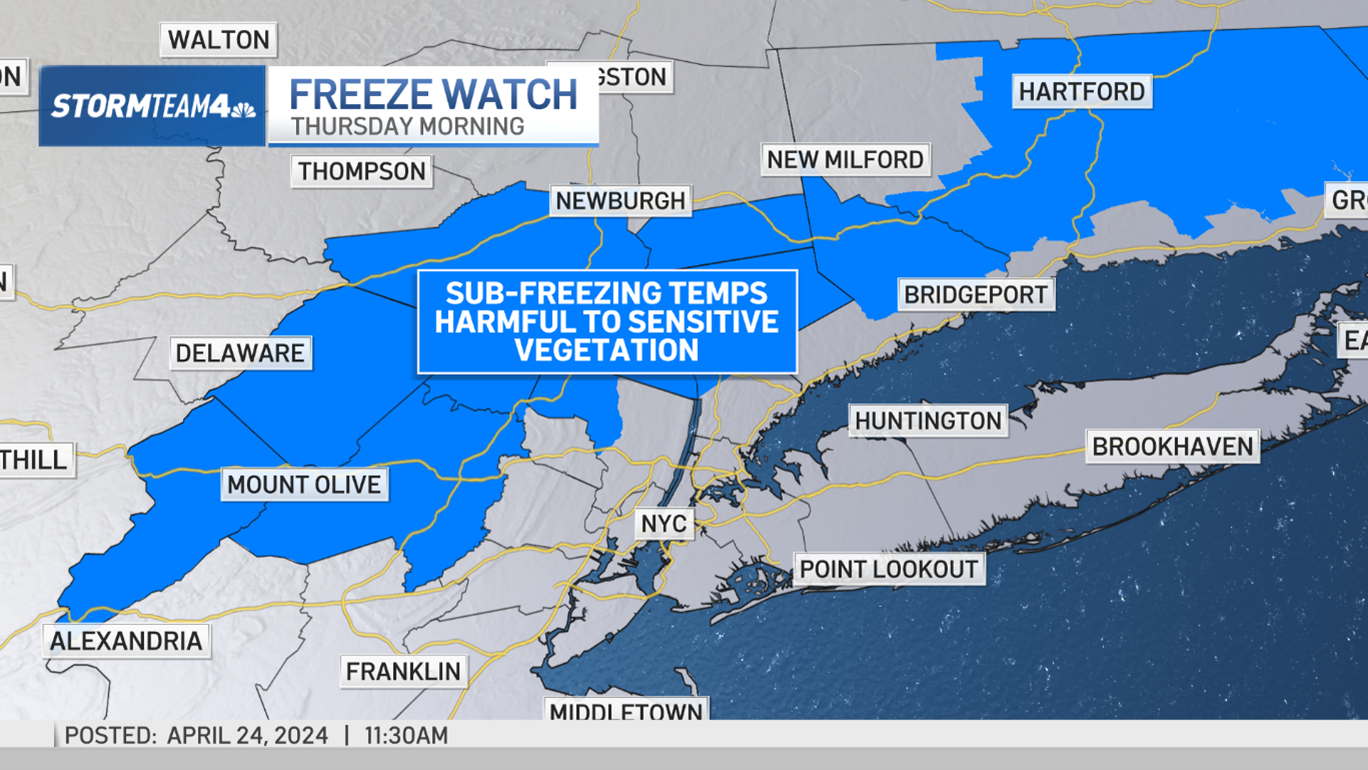A fifth-grader on Staten Island was exposed last week to a polychlorinated biphenyl-laced chemical that has been leaking from aging light fixtures in some New York City classrooms, officials said.
Ballast from an overhead light fixture leaked on the student, Gabriella Sferrazza, on her first day of school at PS 41, getting on her desk and clothing.
"I was doing my work, and I looked up and a liquid dropped on to my skirt," Sferrazza told NBC 4 New York, describing the substance as brown in color.
When the teacher noticed the leaking fixture, she immediately removed the students from the classroom and called the principal and facilities workers.
"She said, 'Everybody get out,' and she took me to the nurse," Sferrazza recalled.
The classroom was closed, and poison control cleared Sferrazza of immediate danger, according to Department of Education spokeswoman Marge Feinberg. Contractors confirmed Friday the leak contained polychlorinated biphenyl (PCB).
Exposure to PCBs can cause cancer and potential risks to the immune, reproductive, nervous and endocrine systems.
Local
School officials notified parents of the leak Thursday, and said the light fixture will be replaced over the weekend. The classroom was re-opened Tuesday after the Department of Education said it "ensured that the proper safety and inspection protocols were followed."
Leaking light fixtures like the one at PS 41 were identified as a problem across hundreds on New York City public schools early in 2011. Mayor Bloomberg committed $708 million to swapping out the lighting in 772 schools over the next 10 years.
Schools with the worst leaks were to be done first, followed by schools built between 1950 and 1966, then schools built between 1967 and 1979.
PS 41 was on the list of schools slated for light fixture replacement, and it was moved up the list as a priority site after last week's leak. The lighting replacement there began Tuesday night.
But Sferrazza's father believes the work should have started much sooner.
"They knew about this problem since June," said Sal Sferrazza. "Now most parents ask, 'Why wasn't [the work] done over the summer, when the schools were closed and our kids were not in harm's way?'"
"Hopefully it's not too little, too late," he said. "We have no answers. There is nobody who can tell you what the side effects will be, what the long-term effects will be."
Last year, activists complained the city was not moving quickly enough to replace the lighting fixtures. The group New York Lawyers for the Public Interest filed a lawsuit in July 2011 demanding that the city move faster to replace the PCB-tainted lighting fixtures.



